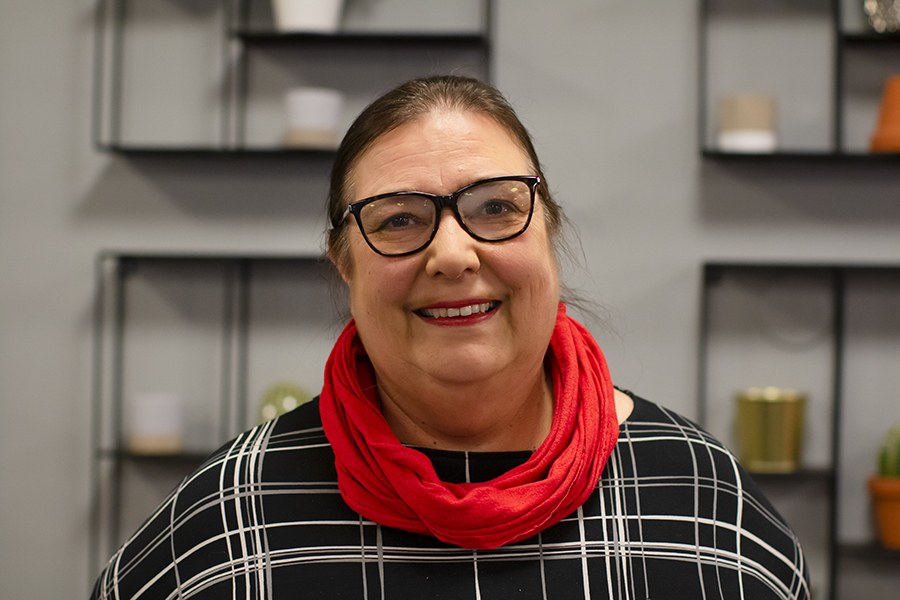TAMK and Tampere University piloted collaboration in music studies for teacher education students

The goal was to support early childhood education students’ guitar playing studies. Behind the idea was University Lecturer Kyllikki Rantala, who contacted TAMK’s Senior Lecturer Mirja Kopra.
From theory to practice
The teacher trainees of the experiment were Karoliina Paunonen and Toni Sundén from TAMK. The pilot served as their network training in music theory pedagogy studies. Paunonen and Sundén taught about 140 early childhood education students in seven different groups. One group was taught in English and one was a multiform studies group. First lessons were instructed by teacher trainee Eveliina Sotala from Tampere University’s Degree Programme in Early Childhood Education. Guitar lessons by University Teacher Muusa Lehti were also part of the module.
According to music pedagogy student and teacher trainee Karoliina Paunonen, students’ music skills varied a lot. That was a challenge to lesson planning. Some of the students had no experience in playing an instrument and reading notes, whereas others had played the piano or violin over ten years. However, Paunonen found it delightful to notice how the students helped each other.
“I had planned to teach things from a more theoretic point of view and to go further in music theory, but the emphasis moved to a more practical studying: learning notes and rhythms, composing, singing and playing,” Paunonen describes her lessons.
Encouraging experiences and ideas for the future
The collaboration pilot was challenged by the university’s and TAMK’s different rhythm in planning timetables for the spring. Suitable times were eventually found in January –February 2020.
“There are many cultural differences between Tampere University and TAMK and the amount of guidance work exceeded my expectations. Nevertheless, I think that both parties learnt a lot. The experience was absolutely worth it,” Kyllikki Rantala says.
Mirja Kopra sees the experiment successful as well.
“The pilot was fantastic, thanks to Kyllikki and our students Karoliina and Toni. The teacher trainee’s and students’ flexibility were great along the way. There were no problems with authority. The new teaching environment and target audience were of course exciting for our students but Karoliina and Toni demonstrated their pedagogic know-how in a variety of situations. They are quite ready for working life,” Kopra says.

TAMK’s music theory students found the pilot rewarding. They also have ideas of how it could be refined.
“All in all, the teaching practice was very educational – sometimes tough but mainly a positive experience,” Karoliina Paunonen says.
Paunonen suggests that in the future tutorial groups could be divided based on students’ skill level. This has also been Kyllikki Rantala’s wish for a long time but at present it is not possible.
Paunonen and Kopra both came up with the idea of pairing a music theory teacher trainee with a guitar pedagogy student. This way they could combine their expertise and support one another.
Toni Sundén and Kyllikki Rantala think it would be necessary to increase music education in early childhood education studies.
“Music develops children’s motor skills, group skills and sociability. Therefore, it would be important that early education teachers felt confident about teaching music,” Sundén says.
Plans for future collaboration have not been made yet but Mirja Kopra and Kyllikki Rantala both hope that the cooperation will continue. Kopra finds it great that it is possible to share knowledge in new ways within Tampere Universities:
“Another good example is a joint teacher education seminar. Blended groups have produced excellent ideas on inclusion, future digital skills and cultural well-being. Both Tampere University and TAMK have high-quality teacher education,” Kopra rejoices.
Text: Emmi Rämö
Photos: Emmi Rämö and Jaakko Saarilampi





